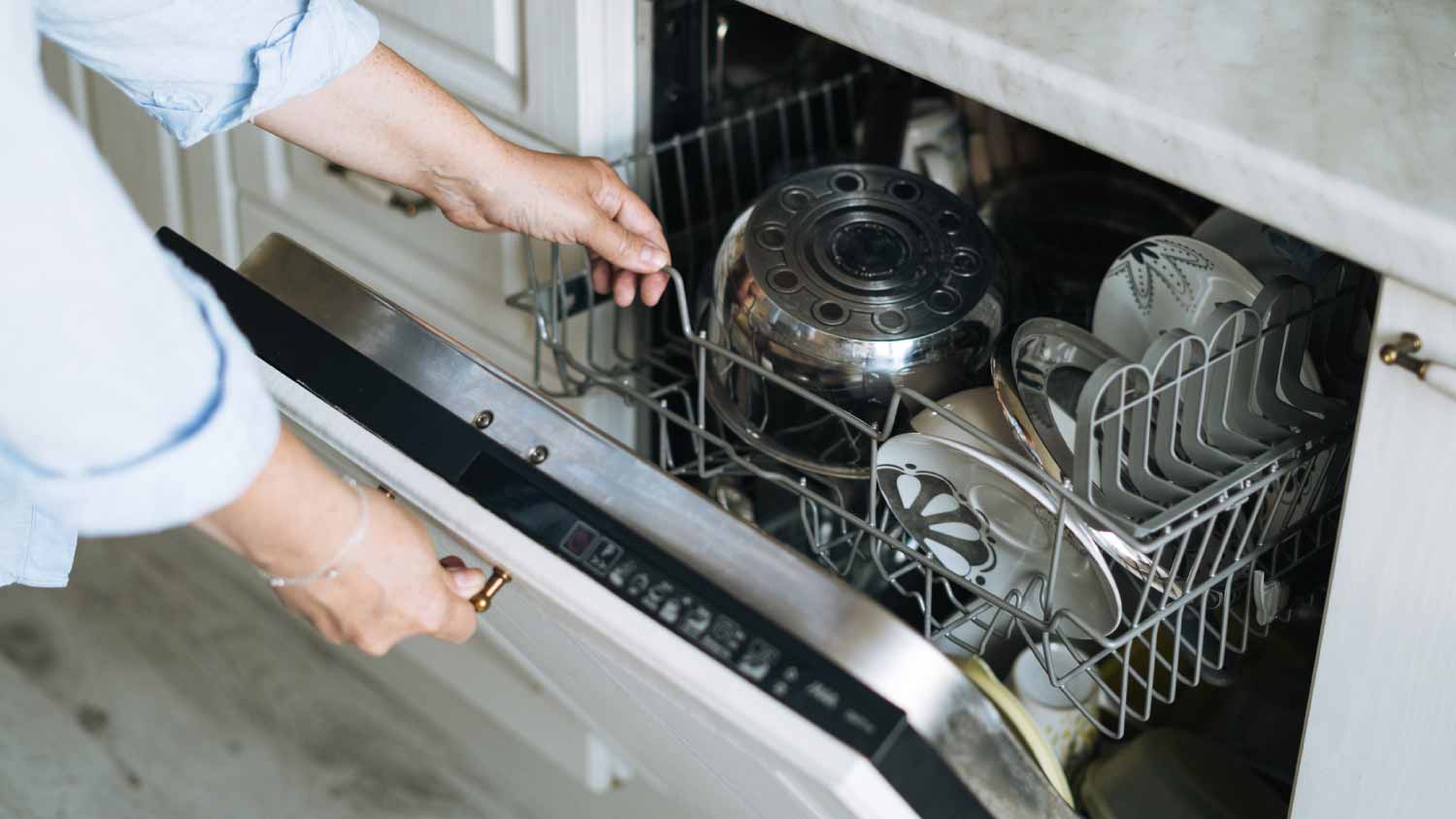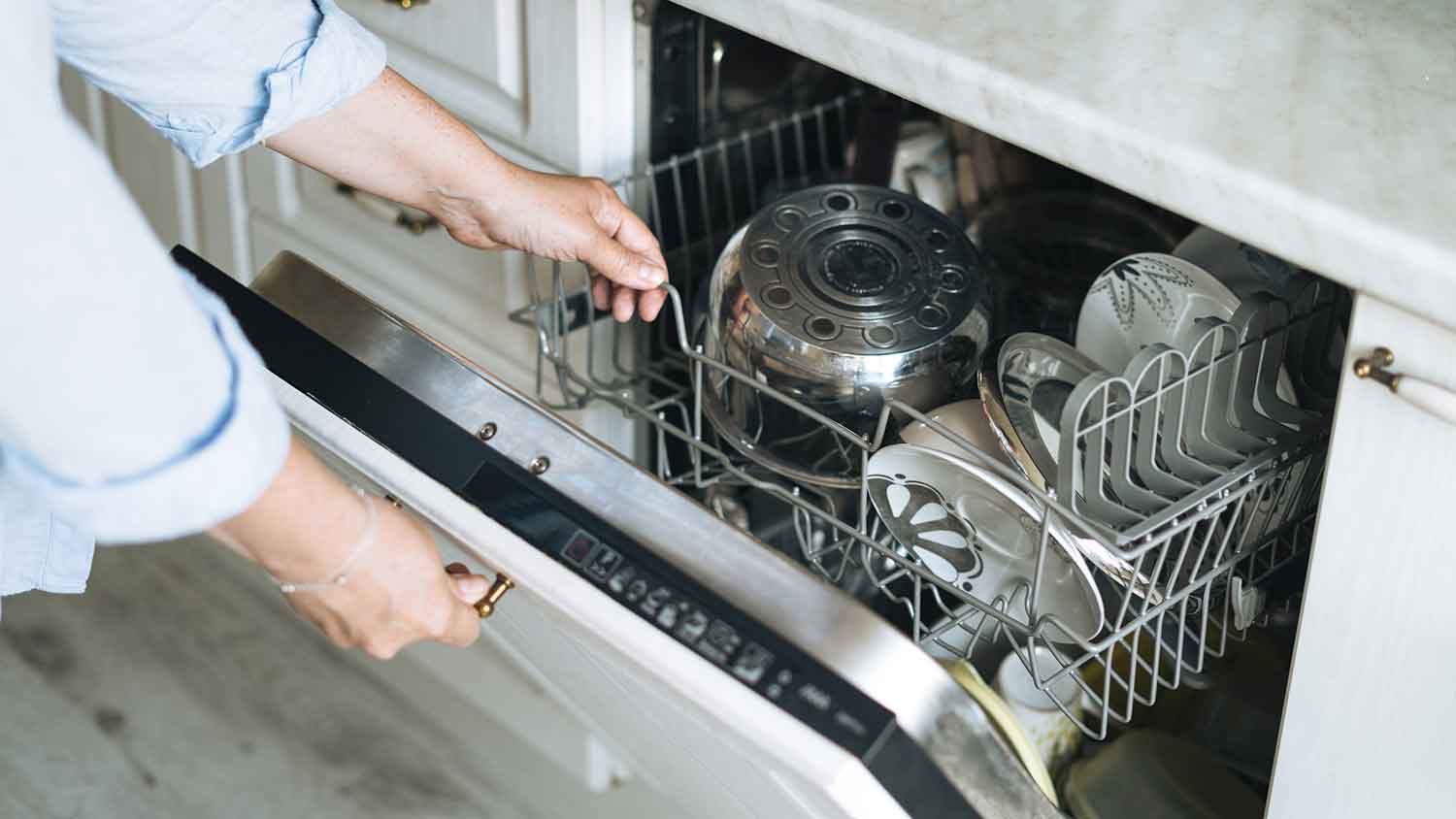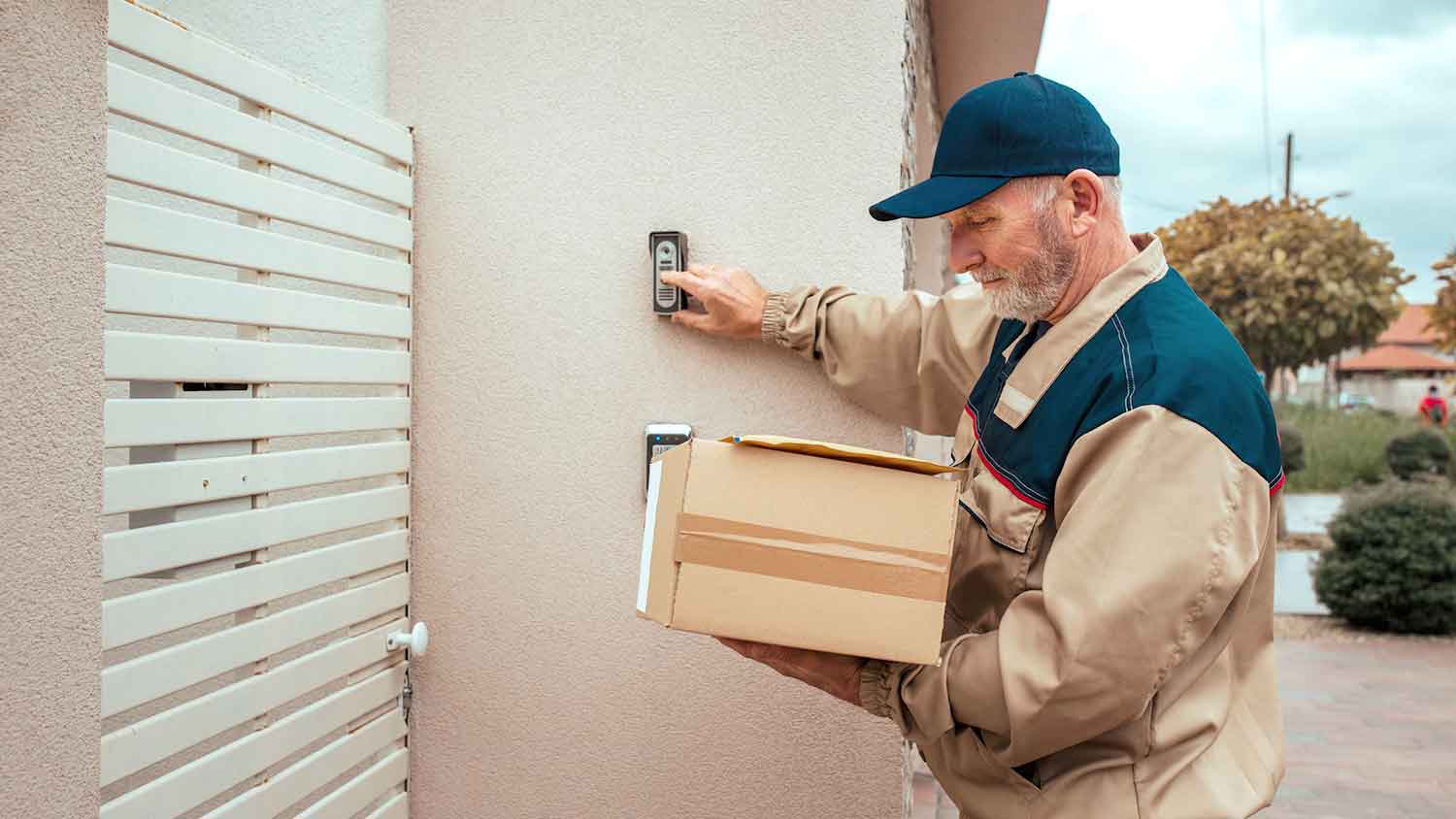Cleaning Refrigerator Condenser Coils Saves Money
The secret to a long, healthy life for a refrigerator is clean condenser coils


Refrigerators work harder when they have dusty, grimey condenser coils.
Spending 15 minutes cleaning condenser coils saves 11% on average.
Refrigerator coils are often under the unit or on the back.
Clean your refrigerator condenser coils a couple times a year if you have pets who shed.
It costs $0 to clean the coils if you already have the materials needed.
Cleaning a refrigerator’s condenser coils is the most important thing you can do to maintain a refrigerator and keep it running efficiently. Refrigerator condenser coils house the refrigerant that cools the air in your fridge. When the coils get dirty, the fridge gets sluggish since it has to work harder to keep your leftovers at a safe temperature.
What Are Refrigerator Coils?
Refrigerator coils, also known as the condenser, are a maze of thin tubes mounted beneath your refrigerator or on the back. Its purpose? To cool down and condense the refrigerant from a gas into a liquid.
Because they’re located out of sight and definitely out of mind, refrigerator condenser coils are specifically prone to dust. Sticky grease can cover all kitchen appliances in a jiffy (go ahead, check the ceiling fan while you’re at it), so to keep your refrigerator working properly, the coils would appreciate a good annual cleaning.
The Pros of Cleaning Refrigerator Coils
Your fridge has to work extra hard to compensate for dirty coils. If it feels like your fridge is struggling, you might not need to buy a new refrigerator. Instead, try cleaning the coils.
Your monthly energy bill will reflect your 15 minutes of hard work, too. The average energy savings after cleaning refrigerator coils is 11%.
Is it Possible to Clean Condenser Coils Myself?
Cleaning condenser coolers only sounds technical. In reality, it’s a pretty simple afternoon task. However, dust might fly when you disturb those hidden bunnies. If you have asthma or allergies that are bothered if you breathe in dust, you might want to hire a professional to clean your coils for you.
The most demanding part of the job is pulling the appliance away from the wall. Make sure to protect your back and floors when you do it. Grab a cardboard box and flatten it. With cardboard in place to protect the floor, gently pull with hands on either side of the fridge. Refrigerators weigh about 300 pounds, so ask a friend to help or use an appliance dolly to help pull it away from the wall. Move slowly, so you don’t tweak your back or yank the power cord or the water line.
You’ve Got a Time Limit
Remember, this job unplugs the appliance, so you need to work quickly to keep the contents inside your unit cold. The job should only take about 15 minutes. If you leave the refrigerator doors closed, the refrigerator will keep food safe for about four hours, even without power.
How Often Should I Clean My Refrigerator Coils?
To keep the refrigerator humming, put a reminder on your calendar to clean the coils every year. You might want to have a date with the refrigerator coils two or three times a year if you have pets who shed.
Is Cleaning Refrigerator Coils Worth the Cost?
The cost of cleaning refrigerator coils costs $0, as you probably already have all the tools you need. If you don’t, the price will bump to around $70.
You’ll need:
A large piece of cardboard (find a piece to reuse for free).
A vacuum with a wand attachment (cost starts around $60).
A long, thin brush ($10).
With the potential to save on energy costs, it’s worth the time and expense to clean the refrigerator coils every year.
How Do I Clean My Refrigerator Coils?
Unplug the refrigerator and locate the coils. To check, just snap off the grill at toe level. If you don’t see coils, they’re probably on the back.

Vacuum Loose Dust
Suck any loose dust under or behind the fridge using your vacuum wand attachment.
Brush the Coils Gently
Keep the vacuum running to catch most of the dust as you sweep with a brush. For about $10, you can get a long, thin, flexible coil condenser brush to dust refrigerator coils gently. Sweep this way and that, back and forth as needed to loosen up dust and push it toward your vacuum. Leave it on to collect the dirt you push that way or have a partner wield the vacuum wand.
Replace the Grill
After you’re satisfied with your brushing and vacuuming job, click the grill back into place, plug in the refrigerator, and push it back against the wall. While you’re working on the refrigerator, consider checking a few more fridge and freezer maintenance tasks off your to-do list.
What Should I Expect After Cleaning the Refrigerator Coils?
After cleaning your refrigerator condenser coils, your fridge should run quieter and more efficiently. If it still seems sluggish, an appliance repair company can troubleshoot.





- Appliance Repair Companies
- Washing Machine Repair
- Dryer Repair
- Refrigerator Repair
- Dishwasher Repair
- Oven Repair
- Wood & Pellet Stove Repair
- Freezer Repair Services
- Wood Stove Services
- Gas Stove Repair
- Emergency Appliance Repair Companies
- Ice Maker Repair
- Gas Appliance Repair
- GE Appliance Repair
- GE Refrigerator Repair
- GE Dryer Repair
- GE Dishwasher Repair
- GE Washing Machine Repair
- Samsung Appliance Repair
- Samsung Refrigerator Repair
- Samsung Dryer Repair
- Samsung Washer Repair
- Samsung Dishwasher Repair
- Samsung Oven Repair
- Whirlpool Repair
- Whirlpool Refrigerator Repair
- Whirlpool Washer Repair
- Whirlpool Dryer Repair
- Whirlpool Oven Repair
- Maytag Appliance Repair
- Maytag Refrigerator Repair
- Maytag Washer Repair
- Maytag Dryer Repair
- Maytag Dishwasher Repair
- Kitchenaid Appliance Repair
- Kitchenaid Oven Repair
- Kitchenaid Refrigerator Repair
- Kenmore Appliance Repair
- Kenmore Dishwasher Repair
- Kenmore Washer Repair
- Kenmore Dryer Repair
- LG Refrigerator Repair
- Bosch Appliance Repair
- Kenmore Refrigerator Repair
- LG Appliance Repair Services
- GE Microwave Repair
- Electrolux Appliance Repair
- Electrolux Washer Repair
- Kitchenaid Dishwasher Repair Services
- Wood Stove Inspection
- Dishwasher Installation
- Trash Compactor Repair
- Refrigerator Constantly Running: Reasons and Solutions
- How to Clean Air Conditioner Coils Like a Pro
- 11 Signs Your Refrigerator is Dying and Potential Solutions
- Why is My Refrigerator Not Cooling? Key Reasons
- Top 12 Refrigerator Maintenance Tips
- 10 Ways to Make Your Refrigerator More Efficient
- How to Dispose of a Refrigerator Properly
- Who Fixes Refrigerators? Who to Call to Fix Your Fridge
- Why Is My Fridge Leaking?
- 10 Steps to a Well-Maintained Fridge and Freezer









